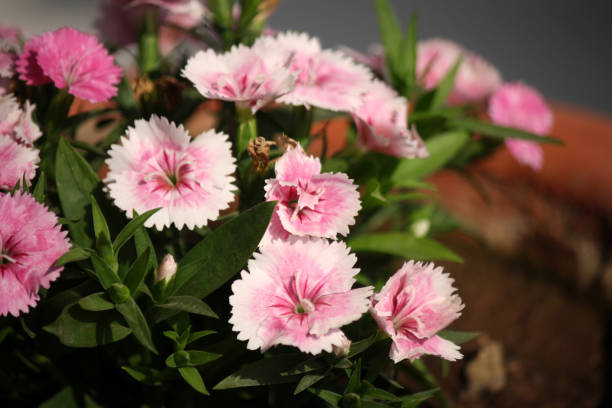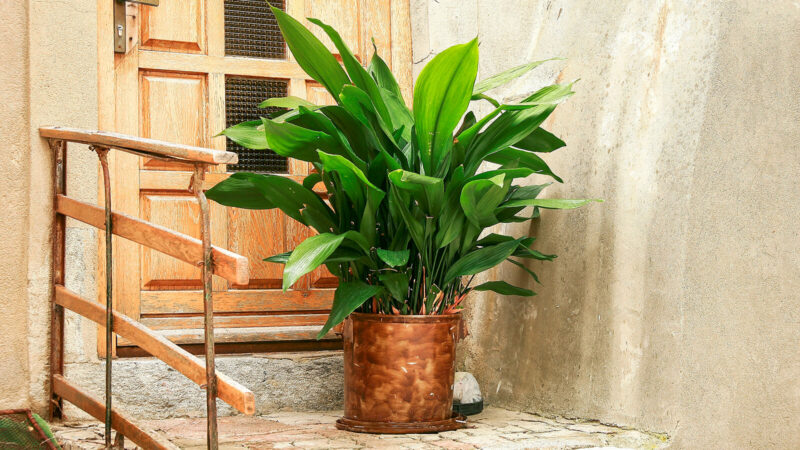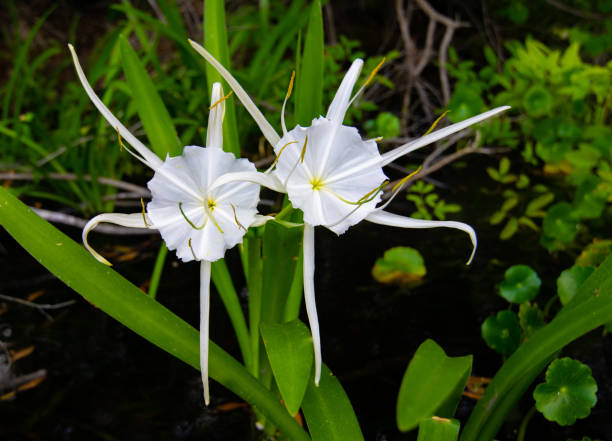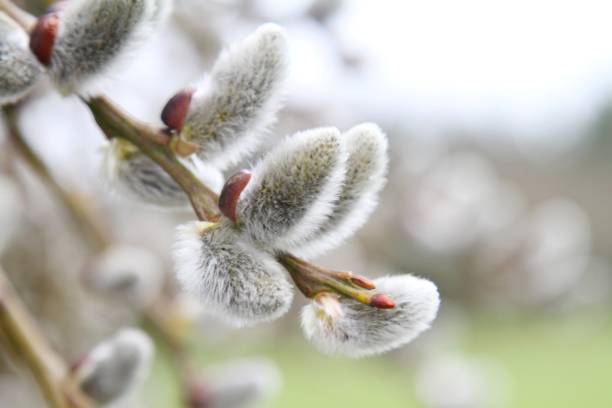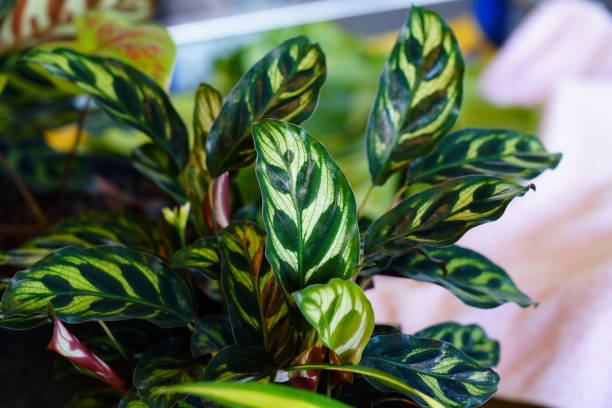Tips & Tricks To Grow Vegetables Indoors
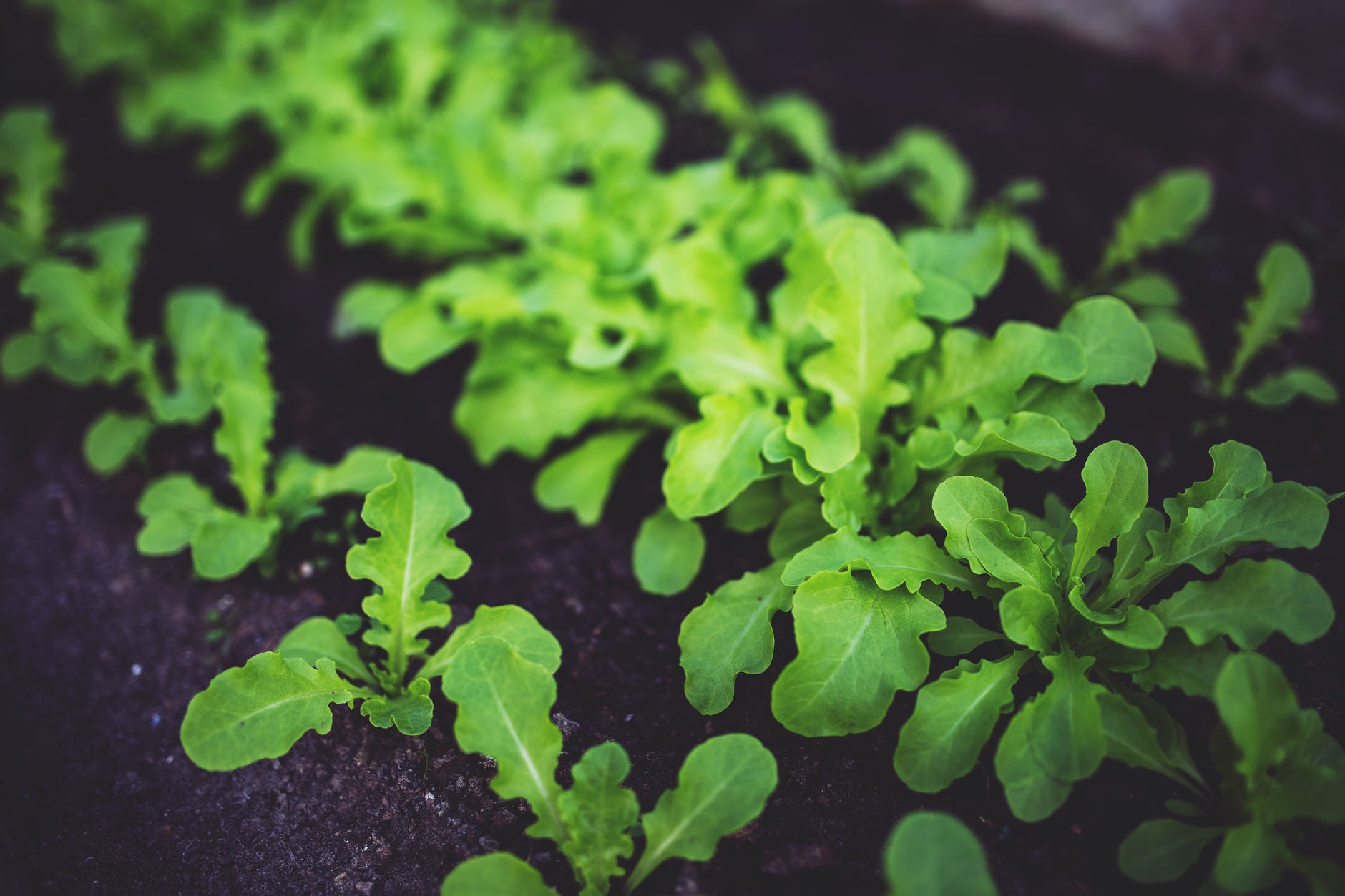
Winters are approaching fast, which means no more summer vegetables or fruits in your garden. However, the onset of winter does not mean an end to harvesting indoor vegetable gardens. Do you want to know how to grow vegetables indoors during winters? If yes, you will be amazed to know that growing vegetables indoors is possible with the help of the right methods and tools growing vegetables indoors.
While an indoor vegetable garden has its own set of challenges, like they may not yield more, may require more care, etc. To make the entire process easy, it is always better to start off easy with the easy to grow indoor vegetables.
Here is a list of the best vegetables for indoor gardens and the steps to grow them.
Best Winter Indoor Garden Vegetable Ideas
Carrots
Carrots are the most accommodating for indoor vegetable garden ideas. Growing vegetables indoors in containers solve all the problems related to growing in rocky, heavy soil outdoors with unfavorable conditions. Smaller varieties of carrots are the easiest to grow in less space indoors.
To grow carrots or any similar vegetables indoors, follow these steps:
- Take a long container like a window box.
- Cover the carrot seeds lightly with damp peat moss, so the seeds do not get dry.
- Make sure to keep the soil moist at all times, and the seeds will start to germinate within two weeks.
Garlic Greens
Growing garlic vegetables indoors is very easy and requires minimal effort. You might have seen that keeping a garlic bulb aside for a week will start sprouting a little green foot at the ends.
Instead of chucking that garlic, you use to grow new garlic bulbs by putting it an inch deep in a container and moderately watering it. You will start to see garlic green within a few weeks.
You can start harvesting the garlic green when it grows upto 8-10 inches long by cutting off the parts you need and leaving the rest of it. The plant will sprout again; however, the quality keeps on declining every time. It would be eBay to harvest new garlic clove every time you start harvesting the crop.
It is not possible to yield garlic bulb crops as it requires a fixed temperature, which is not possible indoors.
Hot Peppers
Pepper plants belong to the tropical perennials family. When you are looking for some great winter indoor vegetable garden ideas, hot peppers must grow. Hot peppers do not grow well even with a hint of frost, but they do good when planted indoors.
To grow hot pepper vegetables indoors, follow these steps:
- You can plant some hot or sweet peppers from seed or directly pot the plants from your garden during late summer and keep it indoors.
- Use a container that is at least 8 inches tall, and make sure to give at least 10 hours of sunlight to your peppers.
- You don’t want to drown the plants, therefore remember to dry out the container properly between waterings.
Fun Fact: Peppers are self-pollinating vegetables. However, they do need some help to grow new plants.
Lettuce
Lettuce is a shallow-rooted and quick growing vegetable and does not require a deep container to harvest. To grow lettuce and other green vegetables indoors, follow these steps:
- Take 2-4 inches deep and fill it with well-draining and moist soil.
- Sow the seeds by pressing them gently into the soil and mist nicely to keep it moist.
- Lettuce seeds will start to germinate within one week. Let them grow at least 4-6 inches before you harvest them.
- You can cut the leaves whenever you need and let the center of the plant continue to grow.
Read More:- All You Need To Know About Growing vegetables from scraps
Microgreens
Microgreens include tiny fresh sprouts that are one of the low maintenance vegetables to grow indoors in less space and time. Microgreens consist of various herbs and greens like radishes, beets, swiss chards, kale, and basil.
These greens are harvested as seedlings without needing much soil. Follow these steps for growing microgreen vegetables indoors:
- All you need is a shallow tray, which is 2 inches deep.
- Fill the tray with moist soil and scatter the seeds all over, lightly covering them with topsoil. Press lightly so that the seeds are in close contact with the soil and do not dry out.
- Spray water regularly to keep the soil moist, and germination will begin within a week.
- Start the harvesting process when seedlings develop two-three sets of leaves.
- You can shrimp off the leaves using scissors at the soil level, and they may regrow new leaves after a few days.
Scallions
While growing onion bulbs is quite impossible indoors, you can grow scallions well. The best part is that you don’t even need the seeds to start with your very own scallion harvest.
Want to know how to grow scallions indoors? Follow these steps:
- Take a few whole scallions and put them in a glass of water from the root sides.
- When you notice that the roots have begun to grow a few inches, move teh scallions to a shallow potting mix container and let them continue growing.
- You can harvest the green tops leaving at least one inch of the stem to regrow.
Tomatoes
Tomatoes are one of the favorite and most used vegetables in almost every kitchen. Tomato is a tropical perennial that dies at the end of every season and returns again next year. If you want to grow your very own tomato vegetables indoors to make fresh salsa every day, follow these tips:
- Start by planting tomato seeds at the end of the summer season in a container.
- When the seedlings grow upto 4 inches tall, you can transfer them to a permanent pot. Your tomato plant requires at least 10 hours of sunlight every day to bear fruits.
- You can also use organic water-soluble fertilizers to boost growth after repotting.
- When you notice small flowers, keep shaking the plant periodically to encourage pollination.
- You can use staking or caging to keep the plant growing straight when the top gets heavy.
With a little attention and care, you will start noticing fragrant and beautiful tomatoes on your plants.
The Pros and Cons of Indoor Gardening
The biggest advantage of indoor gardening is that you have full control over all the aspects of the plant’s environment and growth. You can maintain the soil quality, water and even fertilize the plants manually. Your plants will not get damaged by harsh weather outdoors, which will help you grow the vegetables all year round.
However, you will have to face some challenges as well. When growing vegetables indoors, there will be a lack of wind, light, and pollinating insects, meaning you will have to do some extra care for the plants.
Proper air circulation is essential to encourage pollination and flood the plants with carbon dioxide. Also, you may notice some bugs and plant diseases whether the plant is kept outside or inside.
You can follow these tips if you are considering growing a winter vegetable garden indoors:
- Always choose a planting container with enough holes to encourage proper drainage. The holes need to be sized correctly depending on the vegetable you are growing. Like a shallow root, green vegetables need only 2-inch depth; however, tomatoes need at least 12 inches of soil to grow.
- Always use good quality potting mix instead of garden soil. Potting mixes contain perlite or vermiculite, which allow proper drainage.
- You will also require a supplemental lighting setup for vegetables like tomatoes and peppers.
Final Words:
Growing vegetables indoors is a lot of fun. You will not only get delicious vegetables for your meals, but they will be free of any harmful pesticides as well. If this is your first time trying to grow vegetables indoors, start off with lettuces, herbs, and micro greens for best success. Growing tomatoes and hot peppers can be a little time consuming, and they have specific humidity and light requirements. Try out these awesome winter indoor vegetable garden ideas without any delays.

